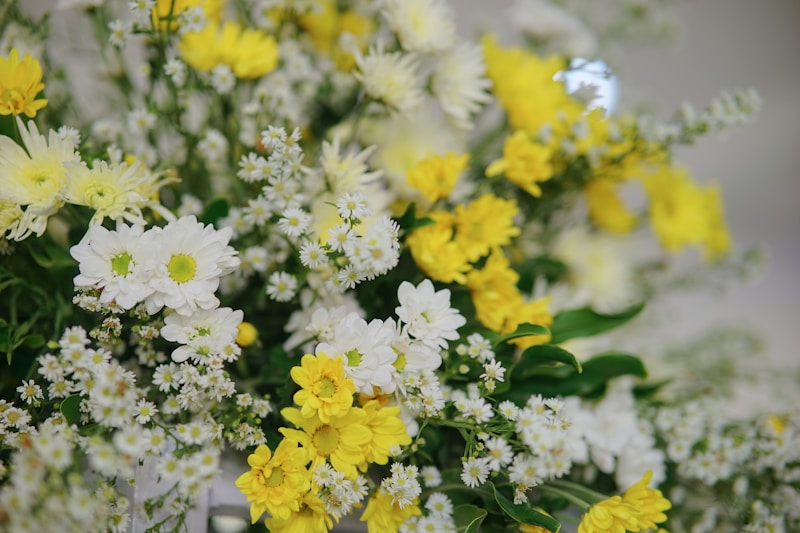Incorporating Vintage Elements into Modern Designs: A Timeless Trend
Discovering the Charm of Vintage in Modern Design
In the world of design, the fusion of old and new has become a captivating trend. Incorporating vintage elements into modern designs not only brings a unique aesthetic appeal but also connects us with history and tradition. With people constantly seeking to personalize their spaces, this approach offers a perfect blend of nostalgia and contemporary flair.
Why Incorporate Vintage Elements?
Many designers are turning to vintage styles for their projects, and several reasons justify this shift:
- Unique Aesthetic: Vintage items are typically one-of-a-kind, offering distinctiveness that modern mass-produced designs often lack.
- Character and Story: Each vintage piece carries its own history, adding character and narrative to contemporary spaces.
- Environmental Considerations: Using vintage elements promotes sustainability by reducing waste and encouraging recycling.
- Timelessness: Classic designs tend to remain in style, ensuring that your modern spaces remain relevant and appealing over time.
Creative Ways to Incorporate Vintage Elements
Incorporating vintage elements into modern designs can be done creatively through various approaches:
| Approach | Description |
| Furniture | Integrate vintage chairs, tables, or cabinets into a modern layout. |
| Color Palette | Use vintage colors like muted pastels or bold jewel tones as accents in modern designs. |
| Textiles | Incorporate vintage fabrics, such as retro prints or lace, into modern upholstery or curtains. |
| Accessories | Use vintage vases, clocks, or lamps to add character to contemporary spaces. |
Balancing Vintage and Modern Elements
When designing a space that incorporates both vintage and modern elements, achieving the right balance is key. Here are some tips:
- Choose a Focal Point: Select a standout vintage piece that captures attention and use modern elements to complement it.
- Mix Styles Wisely: Ensure that the vintage elements you choose resonate with the overall modern theme of your design. For example, pairing mid-century modern chairs with minimalist design can strike the right balance.
- Maintain Cohesion: Keep a consistent color palette and texture throughout the space to unify vintage and modern aspects.
- Layering: Layering vintage accessories over modern pieces can create depth and interest within the design.
Popular Vintage Styles to Consider
Some vintage styles are particularly popular these days, allowing designers and homeowners to choose elements that resonate with their aesthetic:
- Mid-Century Modern: Characterized by clean lines and organic shapes, this style emphasizes functionality and ease of living.
- Art Deco: Known for its glamour and sophistication, Art Deco pieces often feature bold colors, geometric patterns, and luxurious materials.
- Victorian: With intricate details and ornate designs, Victorian elements can add a touch of elegance and charm to modern interiors.
- Industrial: This style embraces raw and rugged elements, making it ideal for those looking to incorporate a vintage industrial vibe into modern homes.

Common Misconceptions
While the idea of incorporating vintage elements into modern designs is appealing, there are some misconceptions to consider:
- It Doesn’t Fit in Small Spaces: Many believe that vintage pieces are bulky and ill-suited for smaller areas. However, careful selection and arrangement can make vintage elements work beautifully, even in compact spaces.
- It’s Expensive: While some vintage items can be pricey, many affordable options exist in thrift stores and flea markets. With a bit of hunting, one can find budget-friendly treasures.
- It’s Hard to Combine: Some worry about how to blend vintage and modern items. However, clear design principles and a cohesive vision make the integration seamless.
Tips for Successful Integration
To successfully incorporate vintage elements into modern designs, here are a few tips to keep in mind:
- Research: Understanding the historical context and style of the vintage elements can inform how they fit into your modern design approach.
- Visit Antique Stores: Spend time exploring antique shops, flea markets, and second-hand stores for unique finds that resonate with your vision.
- Be Open to Experimentation: Don’t hesitate to try various combinations of vintage and modern elements. Some surprising pairings can create stunning results.
- Personalize Your Space: Use vintage items that reflect your personality, making your space feel uniquely yours.
Final Thoughts
Incorporating vintage elements into modern designs is a creative way to express individuality and connect with history. By balancing old and new, you can transform your space into a personal sanctuary filled with character and charm. Remember, the key to successful integration lies in thoughtful selection and design coherence. Embrace this trend, let your creativity flow, and enjoy the fascinating interplay between vintage allure and modern sophistication. Whether you’re redecorating your home or designing a professional space, consider these suggestions and watch your designs tell a story.
In conclusion, as you embark on your journey of incorporating vintage elements into modern designs, keep in mind the potential challenges and rewards. Stay true to your vision, be patient, and allow the beauty of the past to enhance your modern lifestyle.
Happy designing!